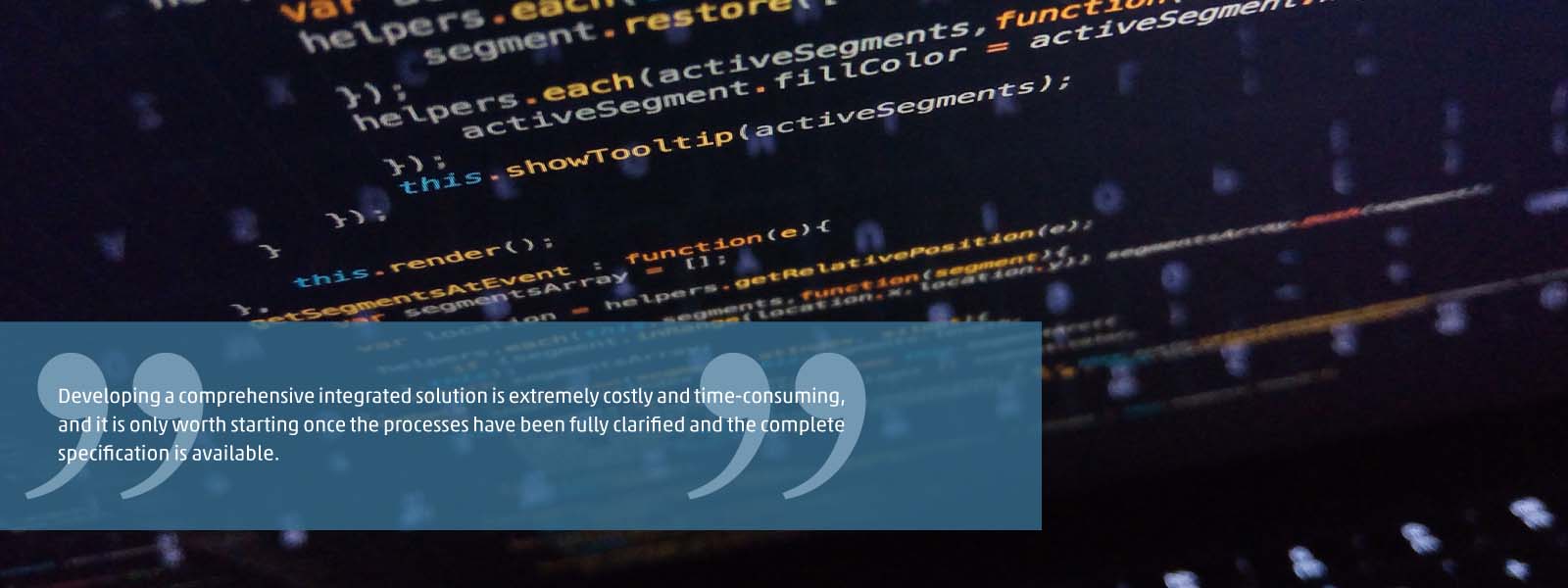The inevitability of digitalisation in business processes has been clear and evident for years in almost all sectors of the economy. The digital transition is also affecting the finance sector, as we covered in a recent article. Today, it’s no longer enough for a company’s IT professionals to be conscious of the most effective digital solutions: decision-makers as well as those responsible for taxation, accounting or payroll also need to be aware of them. Having considered the strategic issues, we will now take a look at specific database management systems from the ground up, and answer the question of what Excel and MS Access are good for, and how they differ.
When Excel is no longer enough…
Many businesses use various databases and records, even in addition to their existing integrated systems. Generally speaking, a lot of ad hoc information, or information that cannot be integrated into ERP systems (Enterprise Resource Planning) is generated; this issue can only be solved in the long run and at some expense by means of a system development. These raw databases are usually brought together into a spreadsheet by an IT-savvy employee, and presented in a digestible format. These summary spreadsheets are often so successful that they are then used more widely, for more tasks, and by more users within the company. This is when the time comes that Excel is no longer sufficient. One common need is to be able to manage multiple concurrent users or have structured data integration (even across multiple projects), which is not really feasible in an Excel environment.
MS Access – one small step for an IT professional, one giant leap for the company
In my experience, most receptive, IT-minded users have no difficulty in familiarising themselves with the world of Microsoft Access, i.e. MS Access. With a minimum of training you can start with the basics, it is not difficult to move from Excel spreadsheets to the world of databases.
MS Access is an excellent tool for implementing small IT projects. It allows multiple users to work with the same data at the same time. Thanks to the database, the data is presented in a structured and integrated manner. There are a number of interfaces, interoperability with other MS products is easy, and it is a well-documented, visually transparent and easy-to-learn system.
For more complex tasks you may need some expertise in the programming language Visual Basic, but if you’re familiar with Excel macros, this won’t be alien to you either.
Business modelling
Excel spreadsheets are often used in areas of business where there is no industry-specific or specially tailored IT solution. Developing a comprehensive integrated solution is extremely costly and time-consuming, and it is only worth starting once the processes have been fully clarified and the complete specification is available. If a company gradually migrates its existing spreadsheets from Excel to an Access database environment as an intermediate step, it essentially models the content and correlations of the business data. The work invested will pay off later when planning the integrated system, as designing the data structures is a significant part of the specification.
When MS Access is no longer enough…
It should be noted that the MS Access environment is designed for smaller tasks. The number of concurrent users is limited to 255, but it’s worth keeping it under 20 because the database size is also limited to a maximum of 2 GB. It only runs in a Windows environment with a client-server architecture. Despite these constraints, it is a flexible tool for business automation and integration tasks, enabling simpler IT tasks to be performed within the company.
The specialists at WTS Klient Business Automation provide help with integrating data as efficiently as possible and optimising processes, as well as supporting our clients with creating effective digital business projects, even independently. Feel free to contact us.











